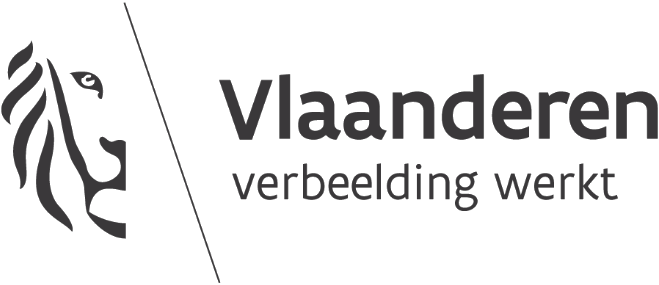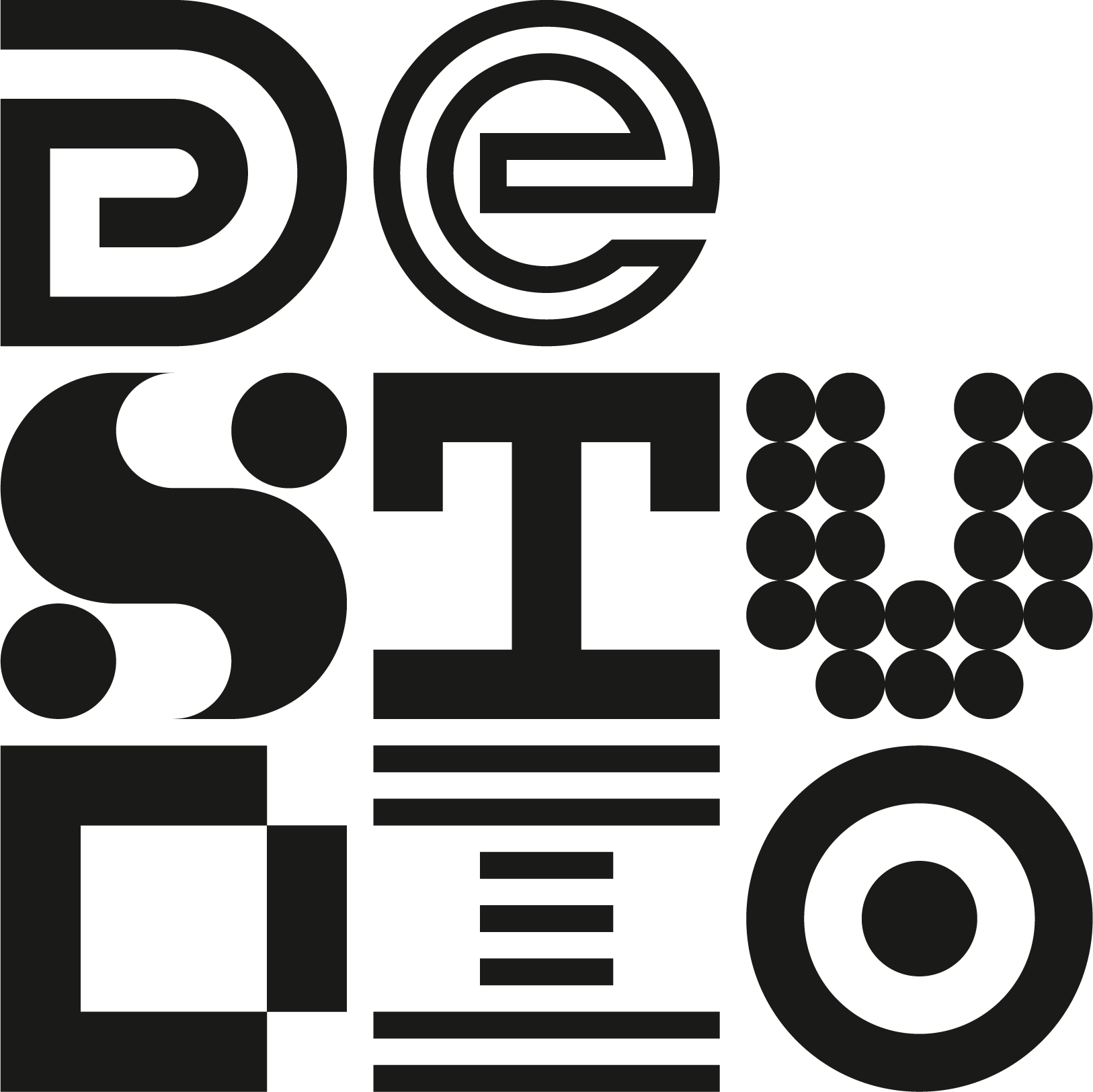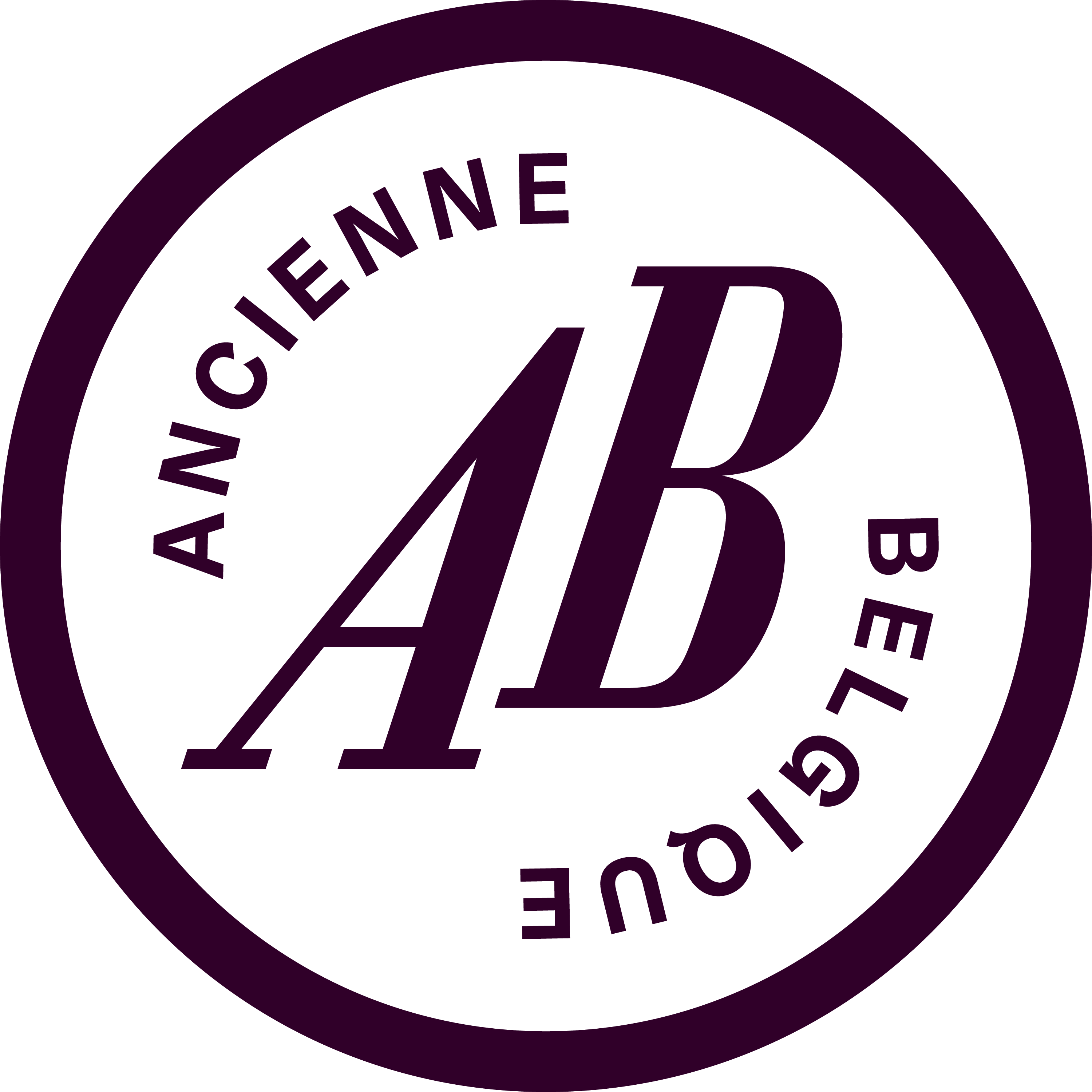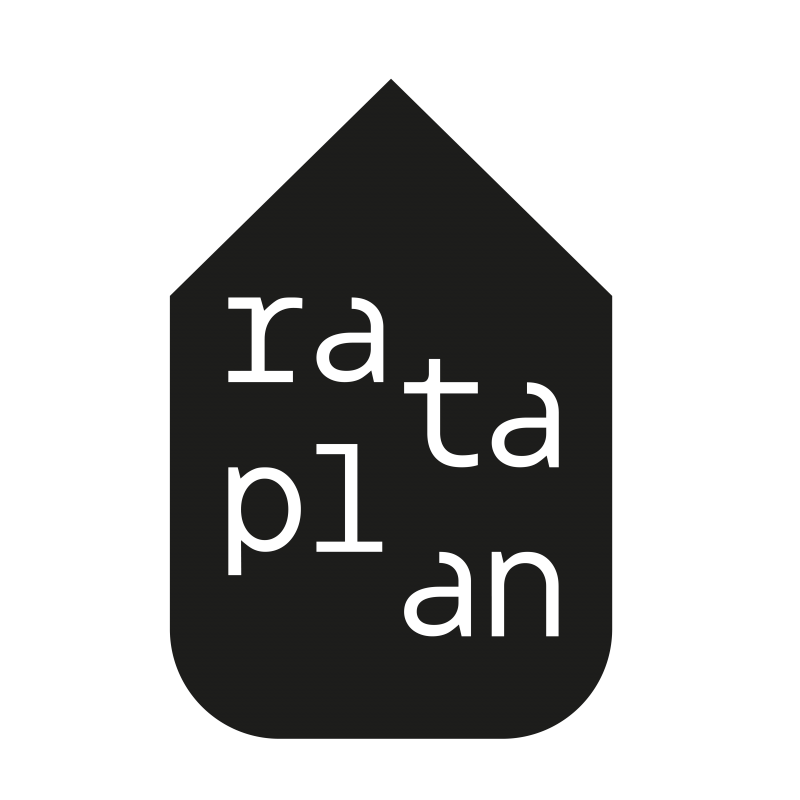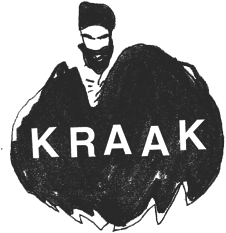HEAD to HEAD
Johan Berthling
‘Head to Head’ is a brand new series of interviews by Sound in Motion’s Joachim Ceulemans, talking in depth with artists appearing in the Oorstof concert series, the Visitations residencies, the Summer Bummer Festival or who have a release on the Dropa Disc label. These interviews will be used to promote the upcoming events and releases and who knows, maybe they will end up bundled and printed one day.
For the fourth interview in the series, Ceulemans talks to Swedish bassist Johan Berthling (1973) who was supposed to play twice at this year’s Summer Bummer Festival: with the trio Ghosted and as part Angles performing the world premier of The Death Of Kalypso. Due to an accident a few days prior to the festival, he was unable to play. Berthling is widely regarded as a powerhouse on his instrument, mainly as a result of his work with Akira Sakata and Paal Nilssen-Love (Arashi) and his longstanding association with Mats Gustafsson in Fire! and Fire! Orchestra. Yet the diversity of his work as a musician, improviser and composer goes well beyond that: he has been a core member of all the Angles configurations since the beginning, made more than a handful of heartwarming albums with the folky/experimental/pop trio Tape and is active in exciting ensembles like Tropiques (led by trumpeter Goran Kajfeš) and Nacka Forum.
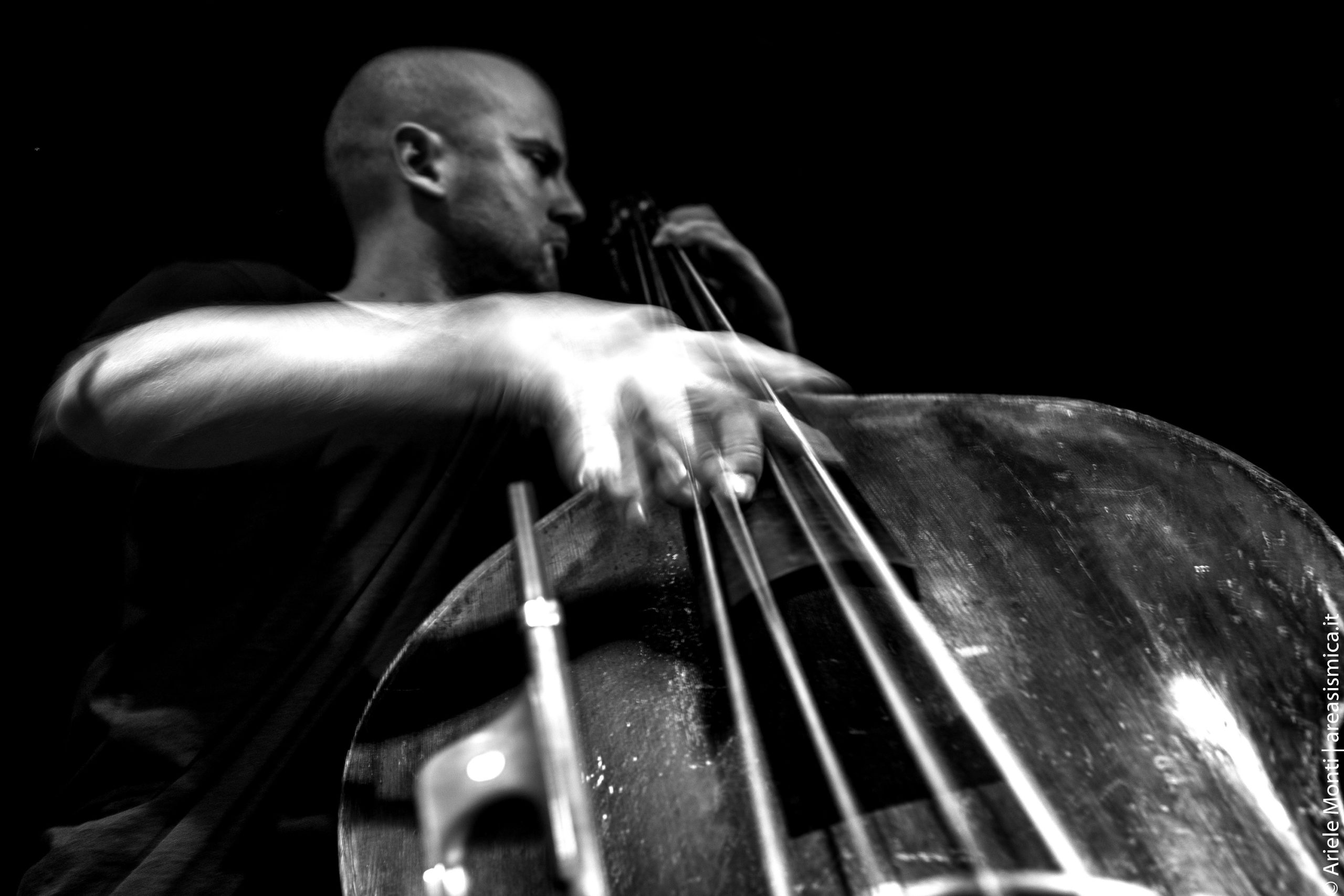
Yes, the guitarist played at Summer Bummer a few years ago with Steve Noble, Pat Thomas and others. What’s his name again?
Jason Pierce! It’s nice to hear he also played the festival. Next to Spacemen 3, we listened to groups like Loop, with Robert Hampson. Those are all bands with one chord constructions and a lot of repetition. So I’ve been listening to that kind of music for a long time and I think especially with Fire! it’s been a very important building block. The repetitions of bass notes, the friction with the free improvised parts and a song structure on top of it is what makes the music come alive, also in Fire! Orchestra.
What was your trajectory as a musician? When I look at your discography, the first recordings you play on are collaborations with people like Raymond Strid, Christer Bothén and Sten Sandell. That’s playing at a high level from the very beginning. Were you already into free jazz and free improvisation early on?
Yeah, I had the really lucky situation where I went to the conservatory for two years and already then I met people like Mats Gustafsson and Raymond Strid. Also, the climate in Stockholm was very welcoming at the time. There have been ups and downs with the free improvised scene in Sweden to be honest. I think then, maybe, there wasn’t so much interest in it and they probably thought “oh finally, a bass player!” At least that’s my theory. (laughs) But it was a dream to start off like that and to be playing that music. With all those people I met at that time I’ve played in bands for many years now. But to come back to your question about my trajectory, as a bass player I have done so much different stuff it’s insane. In the beginning I couldn’t just do the music I really wanted to do, so for instance I worked with a lot of different singers, which was fun and a very good school as well.
Stina Nordenstam is one of them if I’m not mistaken.
Yes, she’s fantastic. I played on her last record. You know it’s funny you mention her because every time someone from abroad sees who I’ve played with, it’s often her name that comes up. But here in Sweden she’s not as famous, so it’s a bit sad as well. She was fantastic to work with though. She hasn’t done anything since that recording.
I think in the last eight years, I’ve been able to do only the stuff I really wanted to do. So I consider myself really fortunate. And now, when people ask me for advice for the kids about what instrument they should play, I always say bass because then it might be possible to earn a living with it.
Is it that different from other types of instrumentalists?
There are so many guitar players or drummers, but bass players and especially double bass players… Not so many people continue with it, but there’s almost always some work for a bass player!
As a double bass player you can’t always take your own instrument on tour…
Yes, especially in recent years it’s been increasingly difficult. Ridiculous!
There’s the instrument, but there’s also the amplifier and the room that define your sound in a specific space. Do you have a method of controlling all these variables to get the sound you like?
I always have some tools with me. I have my own strings that I often change. At least the two top strings because they are the most essential. On my own bass I use gut strings. But I always have a couple of different strings depending on the instrument I’m playing that night. I also have a couple of different microphones because sometimes there’s not a good one present at the venue. Then there’s an EQ thing and a DI box which also improves the sound. Sometimes the mics are out of phase so you have to fix that. Sorry for the technicality!
Do you make the gut strings yourself?
No, why?
It just reminded me that one of the Belgian string players that will join you for the concert of Angles at Summer Bummer is bass player Nils Vermeulen and he makes his own gut strings.
Ah, I’ve heard of him. But I buy my gut strings from a guy in Minnesota. He makes them mostly for Baroque instruments.

